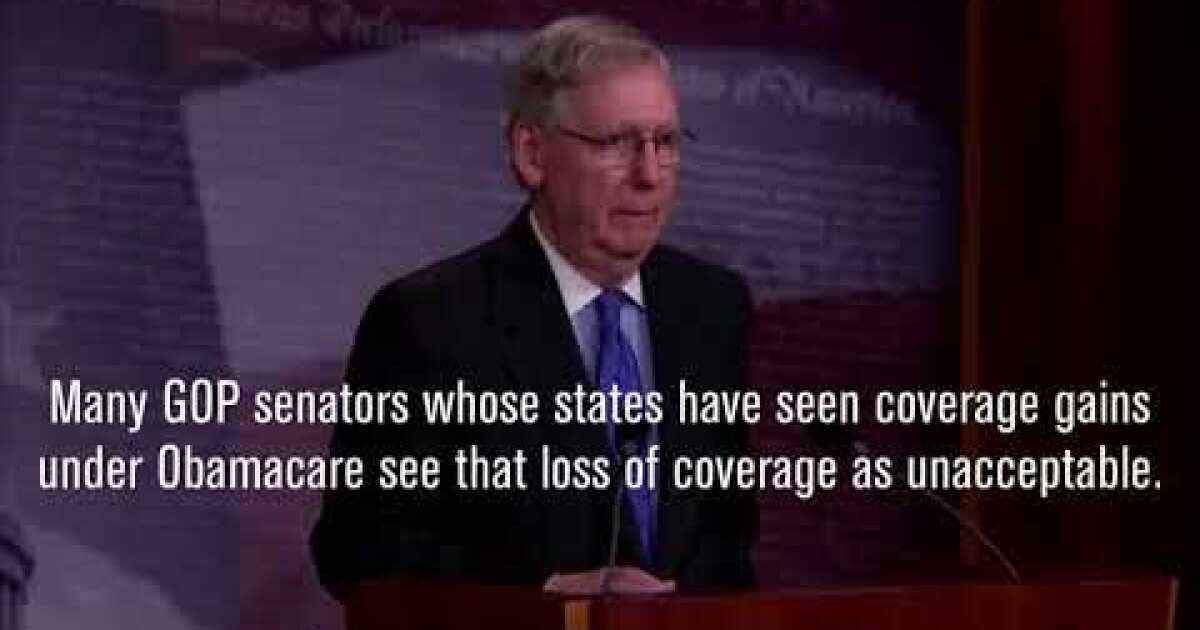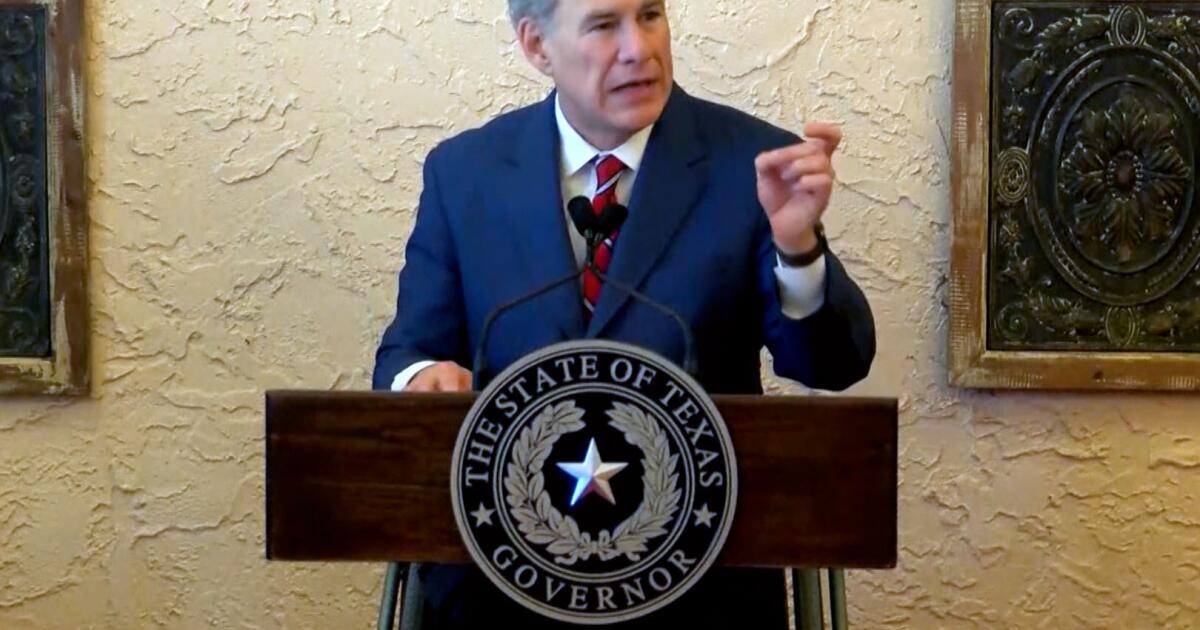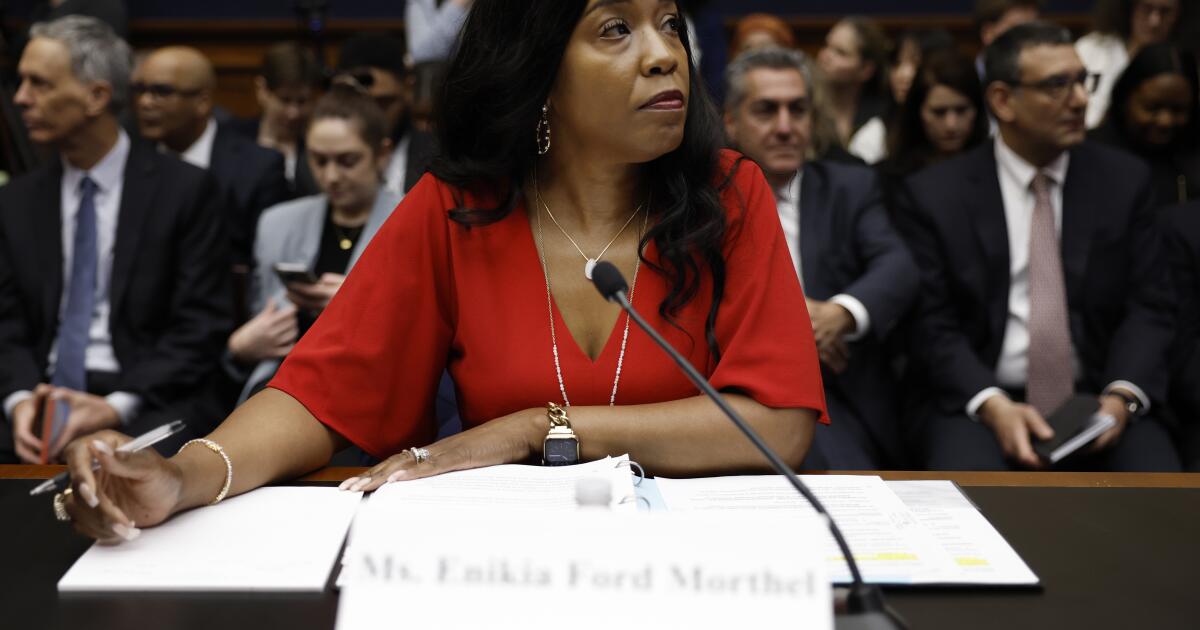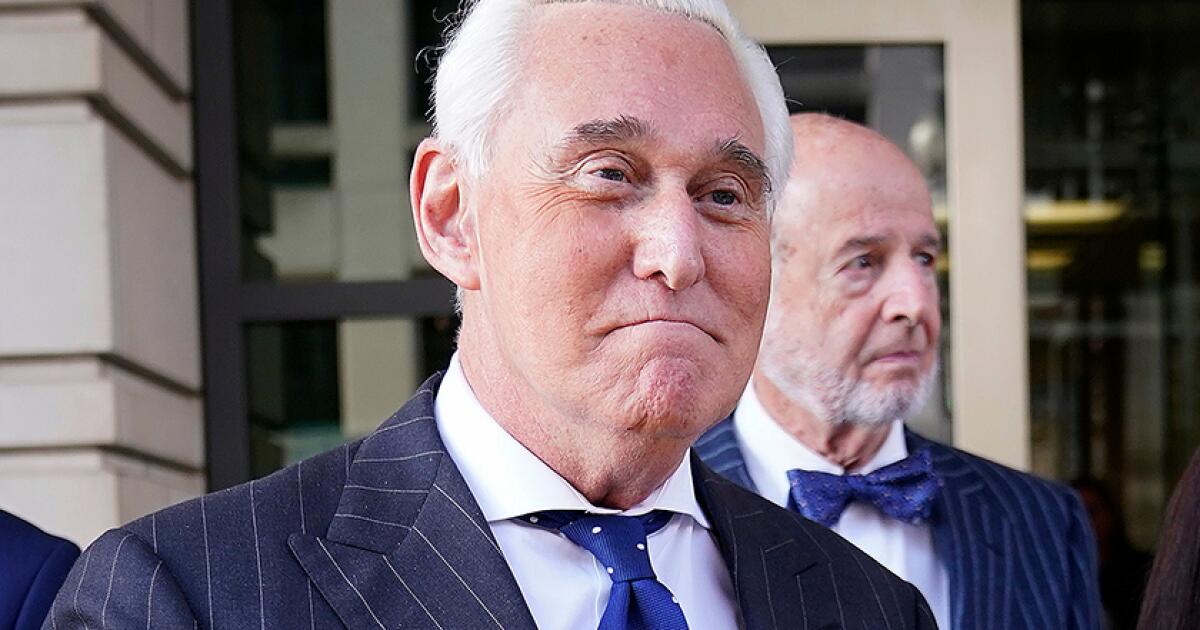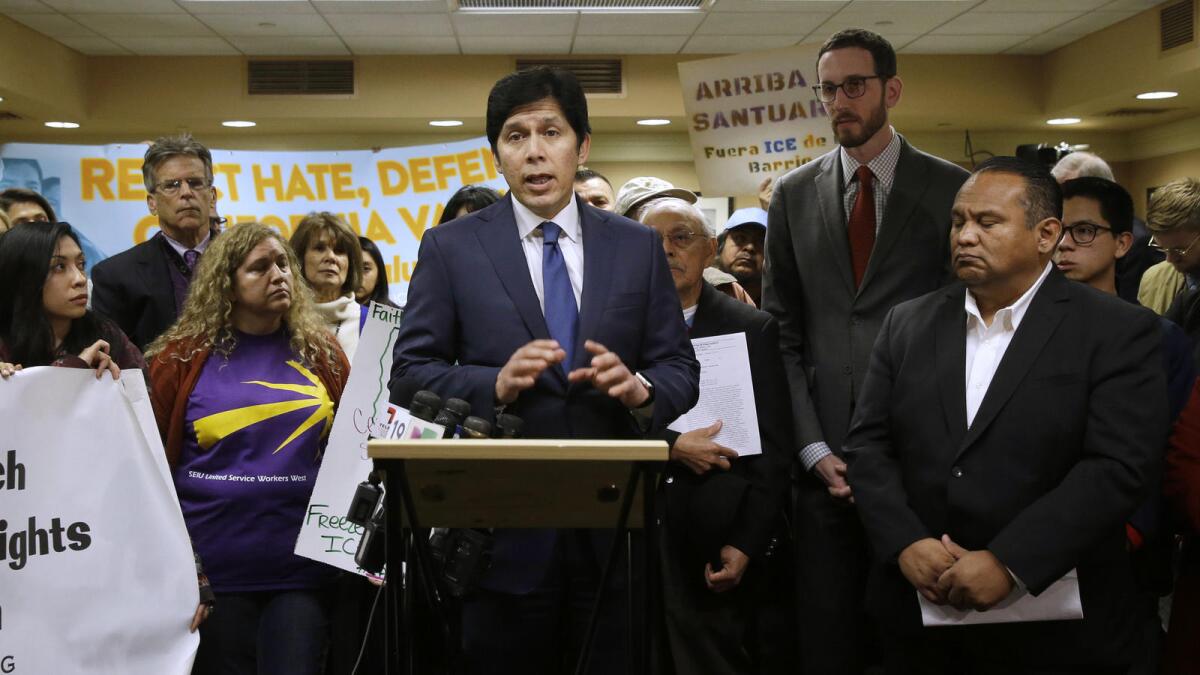I: Is he really saying that?
You don’t usually get congratulated on Tom Leykis’ syndicated radio show unless you’re, say, a caller describing the way you talked your unexpectedly pregnant girlfriend into having an abortion — and then dumped her. Or unless you’re a woman with a lascivious tale to share, like the law clerk who boasts about tripling her pay by engaging in masochistic sex with the partner of another firm. But on this Thursday, in the first seconds of his afternoon program, Leykis sounds so delighted he can scarcely wait for the heavy-metal bumper music to fade.
Praise be, he tells us in a stern, husky voice, for the Washington state Supreme Court, which hours before overturned the conviction of two men who secretly took pictures up women’s skirts in shopping malls. The justices regretfully concluded that the state’s anti-voyeurism law did not apply to acts in public places.
Success in talk radio requires the ability to glean insights from small events, and Leykis immediately offers this pair: First, we don’t need laws like that. Second, ladies, if you’re worried about protecting yourselves from other camera-toting creeps: “Buy some … panties and put them on, you sluts!” And we’re off and running with the commanding general in radio’s war for the male demographic. It is an angry, lurid battle in which social critics of all stripes can find moments of fulfillment or hopelessness. Spend a few days listening to Tom Leykis, heard in L.A. from 3 to 8 p.m. on KLSX-FM (97.1), and you may conclude that society has tilted in a manner resembling “Planet of the Apes”: that women have assumed the upper hand, forcing men to fight back grimly and mercilessly or perish. Or you may conclude that, in the interest of ratings, we are all getting our chains jerked by a host who laughs at us behind our backs.
In the control room of Westwood One’s Culver City studio, Leykis’ screener, Dino De Milio, is interrogating callers with the impatience of an air traffic controller and the lasciviousness of a strip club owner. (“How old are you, sweetie?” he asks a female caller. “That’s my favorite age for sex!”) Through a glass panel, De Milio can see Leykis, a gnomish 46-year-old man, standing in front of his mike, wearing shades despite the near darkness, pounding on his opening theme. “ You know what’s great?” Leykis asks sarcastically. “Women want the right to be exhibitionists, but if anybody looks….” “
Tom Leykis broadcasts from the intersection of Libertarian and Libertine. It’s a simple neighborhood with a simple philosophy that has occurred in the gut of just about every American man and, in some cases, made its way to his brain. The show is based on the premise that too many guys have been raised to be wimps in this feminist culture, that women are taking advantage of these men and that women are secretly wishing guys would reassert themselves. Leykis plays the hard-bitten, gender-wars-scarred uncle, hectoring the besieged male recruits: Don’t get them pregnant! Don’t marry them! Don’t date single mothers! Yet no matter how insistent or cranky he gets, the phone lines remained jammed with confessions of weakness and poor judgment:
“You are my religion, Professor,” comes the call another day, “but I have to tell you I’m one of those guys who knocked a girl up….”
“What kind of birth control were you using?” Leykis demands.
“She said she was on the pill….”
“And you believed her. I hope the boys out there are listening! This is the kind of stuff I warn you about!”
Men who in more reasonable times would have been considered normal single guys employing normal trial-and-error approaches to casual sex become, in the Leykis format, political prisoners, victims of a stacked deck in which calculating women get their way at men’s expense.
Leykis tries to break this momentum by offering more clinical tips: No coffee dates or lunch dates — they lead nowhere. “Successfully getting a woman into the sack involves some sort of chemical inducement,” he is fond of proclaiming on a “Leykis 101” segment he does each Thursday. “Alcohol is the preferred chemical inducement.”
Nor should men waste money on dinner dates, he advises; women will eat and run. Meet them after dinner for a drink. If you are roped into dinner, eat a full meal at home and order a salad in the restaurant (“because what woman would eat more than you?”).
Once Leykis’ listeners have scored, “we do not cuddle, we do not spoon, we do not hug, we do not stay late,” Leykis instructs. “We do not convince women we are in love with them. We do not say I love you — ever, ever, ever. Unless we do.” He pronounces that last word with grave disbelief.
Leykis — married four times, thrice-divorced and separated from wife No. 4 for the last two years — is honest enough to describe the show as an act that evolved into a point of view. And he occasionally makes serious feminist-backlash arguments on issues like parental leave, divorce or alimony that create a social edge. He’ll say proudly, in the name of personal responsibility, that he has no children, and that each of the four unplanned pregnancies he caused was terminated.
Yet the fact that so many of his frustrated male callers take him so literally gives the program a uniquely bitter, even mean, tone that makes it both appealing and appalling. The show has little of the self-deprecating comedic relief of Howard Stern’s equally explicit KLSX morning show, the gold standard of sleaze-talk radio. Stern’s shtick is sexual bantering and the embarrassed giggle; Leykis’ shtick is sexual politics and the evil, got-even-with-her snicker. In the same way Rush Limbaugh demonizes liberals, Leykis lays men’s woes at the feet of “chicks” or “broads” (or, more frequently, another B-word) — and of men’s failure to control them.
Hour No. 2 of today’s show is devoted to mocking the notion of female independence as a feminist invention (which will draw many angry female callers). Leykis is trying to explain that men are simply more driven to succeed than women, driven by the need for … chicks.
“We make money to get chicks,” he says, his sentences almost swallowing each other. “Those of us who are really ambitious want more chicks. Better chicks. Hotter chicks. A larger number of chicks. We work hard to get chicks. When I was 14, I got into radio because when I was in high school, I was a geek. Once I was at the radio station answering the request line, chicks would call in, ask me to play a song, and then they’d ask me to come over after the show. ‘I love your voice. Come on over.’ And I would. And then I realized if I got better radio gigs in bigger cities, I’d get better chicks, hotter chicks. And I did. And the more money I make, the better chicks I get.” (Leykis’ most recent “chick” is a 27-year-old Argentine, recently arrived in the U.S., whom he met at the station; she moved into his Hollywood Hills home two months ago.)
*
II: Am I really listening to this?
Confession: I have listened to this show for years and it bothers me because — well, it’s just not me, a stable, married guy with a teenage daughter. The last time I used the word “chick” was 1973: A female colleague and I wrote essays for our small newspaper on our competing favorites in the nationally televised Billie Jean King-Bobby Riggs battle of the sexes. It was a tennis match — a stunt — that carried a level of gender tension impossible to imagine today. I defiantly used “chick” in my pro-Riggs essay because, as Frank Sinatra-passe as it sounded even then, I knew it infuriated my colleague, and it felt good to strike back at the upstart feminist movement, to grind it under my heel.
But I was young and stupid. If you’d told me that half a lifetime later, I’d be listening to a 40-something guy on the radio using the word “chick” for essentially the same denigrating purpose — and claiming to make a seven-figure income off it — I would have rolled my eyes. It’s so juvenile. Which is why I’m perplexed/fascinated that the grown-up me is helping to make Leykis the Arbitron-certified king of the male listener in L.A.
Why did I laugh so hard the other day when he spent an hour on how men should give women backhanded compliments (“Honey, you’re so pretty I don’t even notice the extra weight”) to keep their self-esteem low and their behavior compliant? Were darker forces drawing me to the show? I decided to confer with experts.
Perhaps, one of them got me thinking, I’m enticed by the sly way Leykis performs the kind of sexual harassment that government and workplace rules no longer allow. “Men say, ‘It’s not OK to [harass women] at work, but thank God I can turn on my radio … while I’m hammering a nail,” suggests Ann Simonton, a former fashion model from Northern California who started a media-literacy program two decades ago after she was raped at knifepoint and began thinking about the way the media portray women. Leykis’ popularity, Simonton says, is sad proof “that we live in a sexually repressed culture where sex is only for sale, talked about only as a taboo, rather than there being a healthy dialogue on sexual intimacy.”
Or maybe I listen because I enjoy reverting to the cartoonishly adolescent state that men are assigned in the popular culture. Janet McMullen, an associate professor in the University of North Alabama’s communications department who specializes in media ethics, notes that Hollywood responded to feminism by constructing legitimate roles for women but in the process made men the targets of ridicule. “You look at TV sitcoms and dramas, you listen to the educational community: It’s as though guys are broken in some way,” she said.
Or maybe, more nobly, I listen because Leykis’ dialogue fills a vacuum in so many men’s lives — the lack of intimate conversation with other men. “There’s no place we can go for support,” says Warren Farrell, a San Diego psychologist whose books include “Women Can’t Hear What Men Don’t Say.”
Or maybe I listen because Leykis touches a powerful nerve when he tells men to stop being “nice” — to stand up and demand what we want (including that 60-inch TV). He “has tapped into something that’s very prominent,” says Robert Glover, a Seattle psychotherapist who wrote “No More Mr. Nice Guy” in an attempt to tell men that women are turned off by guys who are too timid to be candid about their sexual desires. Men who act this way ultimately wind up frustrated and angry, Glover says.
Or maybe I listen simply because I love a spectacle — the guys begging for Leykis’ wisdom, the women calling to alternately scream at him or ask him to autograph their breasts at an upcoming listener party. Maybe there’re no more cultural implications here than on Ricki Lake. Maybe, as screener Di Milio puts it, “some people make the mistake of forgetting the very last word; it’s ‘The Tom Leykis Show.’ ”
*
III: Oh, I get it — I think
Leykis has a restless intellect that makes it hard for him to stay in character. Over lunch (let him pick the wine, he has a 700-bottle cellar in his house), he can make a convincing defense for the cruel way men often talk about women on the show. Why, he demands, should he be forced to sprinkle a phony veneer of politeness on our angry culture? Why shouldn’t he express his gender’s most visceral feelings?
But a half hour later, he can be just as convincing making the case that the economics of radio demand offensive styles and stunts. Government deregulation of radio sent station prices soaring and meant owners had “to get results to-day. The way you get results to-day is [to say on the air]: ‘Hello, my penis is hanging out, and I don’t know what to do about it, and if somebody could come down to the station, if there’s a policeman within the sound of my voice….’ Then you get the cops down there and it becomes a story in the paper ‘cause the papers all fall for it and give you the free advertising — boom; that’s how things are done now.”
The object of talk radio is not to change minds; it is to stay on the air. You invent or copy a format and, if it works, you ride it until you fall off the horse. For all his male listeners’ deference to “The Professor,” Tom Leykis is first and foremost a radio guy obsessed with the art of drawing and holding a crowd, a guy whose success in a turbulent market is a testament to his wits and love of craft, says L.A. radio historian Don Barrett. “Tom knows everything about every radio station in this country…. This guy just bleeds radio.”
His five-year stint on KLSX is his third in L.A. He was first on KFI between 1988 and 1992 as a more conventional liberal talk-show counterpoint to Limbaugh. (After a dispute whose nature he won’t discuss, he was replaced by ex-Los Angeles Police Chief Daryl Gates.) He worked fill-in shifts in several cities before landing an AM syndication deal in ’94 that brought him back to L.A. When KLSX offered him an afternoon show in 1997, he said, it meant creating a style that would be close to Stern’s young-man, breast-obsessed demographic without appearing to copy him.
“So we had to evolve the show in this new direction,” he said matter-of-factly, “which was grinding loud music, grinding production, and we stepped up the rudeness factor.”
He’s now in about 50 markets, including Seattle, San Francisco and Dallas, with a national base several times less than icons like Limbaugh, Laura Schlessinger and Stern. He has the largest afternoon male audience on L.A. radio in every age range except his target demographic — 18 to 44 — where he trails rock and hip-hop stations KPWR and KROQ, according to the latest Arbitron ratings.
Leykis boasts of other survey data that reflect an affluent audience and high-end advertisers. When you point out that his predominantly male callers sound far less successful or confident, he reminds you not to confuse the callers (who are his foils) with his listeners (who make him rich). “Anybody who takes this show really seriously doesn’t get it. The callers are 1% of the audience…. People who make a good living and have high intelligence usually don’t have 45 minutes to stay on hold.”
Ask Leykis if sexual politics is as intellectually satisfying as a show that covers more ground, and he suggests you’ve asked the wrong question. “I never forget I’m in this business to make money. I never had ratings this high. I never made as much money as I do. If I wanna talk politics, I’ll go to a park.” Evil snicker. “I’ll call up Warren Olney one day.”
Ask how he got on the air at 14 and he tells about being a gifted, bored child who was reading the New York Times in the first grade. About being a ninth-grader living in an isolated Long Island suburb, missing the bustling Bronx neighborhood where he’d grown up, sitting on the stoop with a portable radio, wishing he could jump inside. About winning a contest to be a DJ for an hour on the local radio station, then being asked back.
He tells about hosting a cable-TV public-access-station game show at 16, about trying to get on the air as a student at Fordham University but failing and dropping out after a year and half.
About working a series of day jobs, the most pitiful being telemarketing. About getting hired at a variety of low-paying jobs at small radio stations in places like Albany, N.Y., and Stanton, Va., and Miami, spinning records and engaging in chatter and groping for gimmicks to get noticed. About recognizing he’d embarked on a nomadic career that would subvert marriage or stable relationships.
He remembers inventing a male chauvinist character in 1979 who called in, voicing many opinions that riled listeners — opinions that a DJ could voice on the air in that gentler time but that were the first stirrings of Leykis’ KLSX voice.
He remembers discovering how the most audacious opinions could generate buzz. (“I would never serve in the military under any circumstances. I just missed the draft of the Vietnam War, and if we had another war I wouldn’t go. Let somebody else be cannon fodder. Now let’s go to the phones.”)
You had to take that extra step. “It wasn’t enough to have lesbian nuns on the show. You had to have them on Good Friday.”
He says he never thought he’d have this kind of success or longevity in L.A. And it sounds positively heartwarming until he mentions why he won’t be going to his 30th high school reunion, even though he’d figure to be a magnet for all the, uh, chicks who turned him down when he was a geek.
“I said this on the air: ‘I wouldn’t touch any of you women with a 10-foot pole,’ ” he says, “ ‘And you know why? Because I can now afford your daughters.’ ” Evil snicker.
*
(BEGIN TEXT OF INFOBOX)
The role of women in society, according to the freewheeling Tom Leykis
Leykis on gender:
I am tired of being with women trying to prove they’re smarter than I am, telling me to make my own dinner, to do it myself, women so concerned about appearing independent that they have to have careers. I don’t want to be confused anymore when I go home about what my job is.
*
Leykis on when to marry:
Never marry somebody you knocked up unless you know you’re gonna be with them forever and you really love them and you really love that kid and you really want to be there. But if you can’t answer “yes” to all those, don’t marry these broads.
*
Leykis on prolonged adolescence:
I want my childhood to last as long as it can.
*
Leykis on how marriage changes a relationship:
She’ll do whatever you want until she gets you to sign on the dotted line and suddenly it’s like, “I don’t like having sex on any day that ends in ‘y.’ ”
*
Leykis on what he teaches male listeners:
I am the professor who teaches you how to get sex for the least amount of money and without having to listen to women go on and on: “Blah-bla-blah-bla-blah-bla-blah-bla-blah.” Broads never shut up.
*
Leykis on his looks:
If I were really attractive, I would be on TV making real money…. I wouldn’t be doing some dopey radio show.
